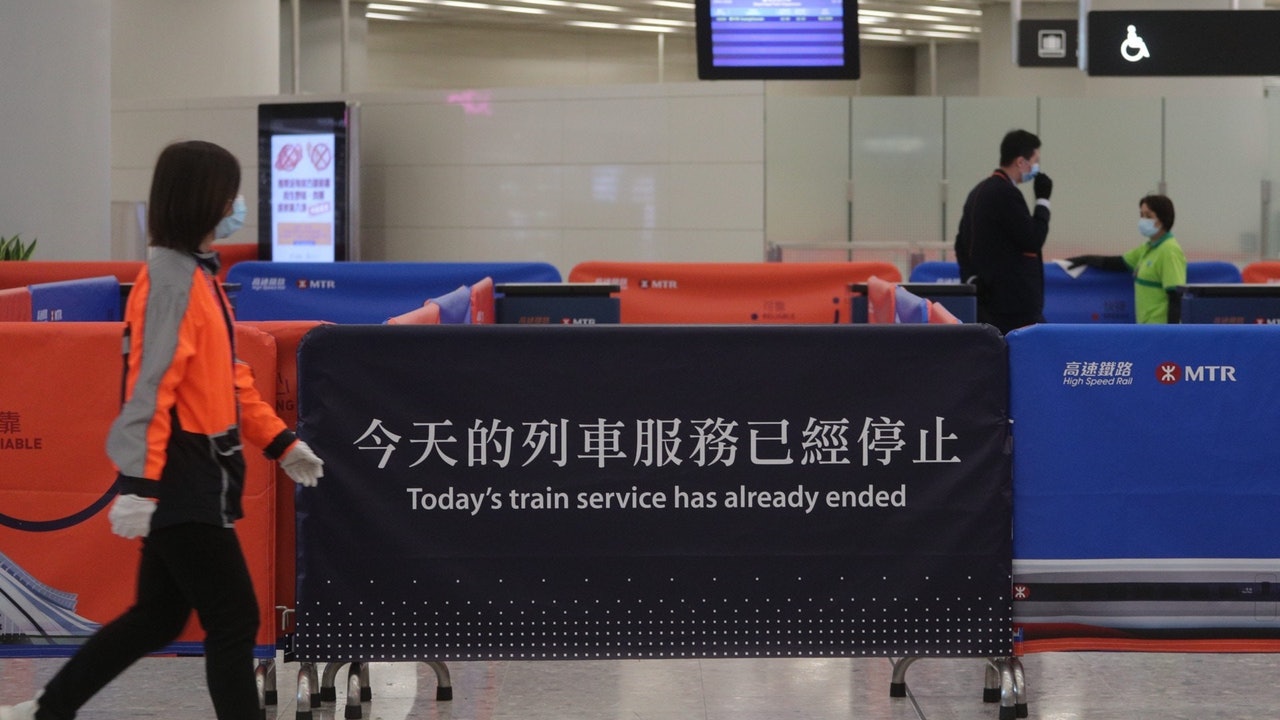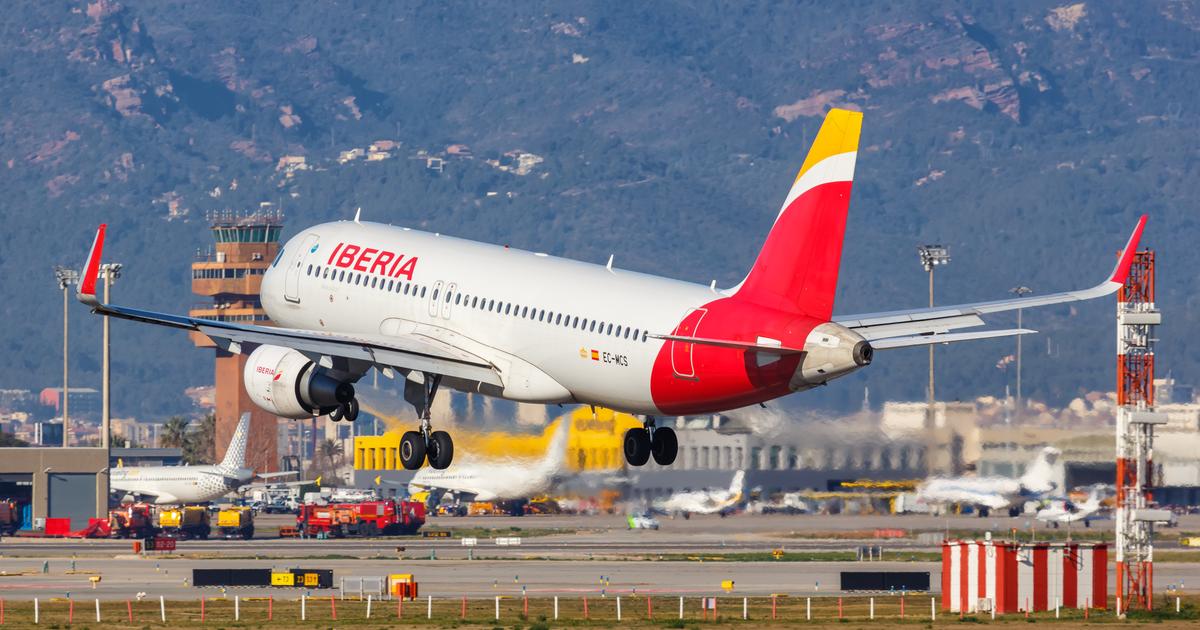Social News
Written by: Huang Weilun
2020-02-24 18:08
Last updated: 2020-02-24 18:08The pneumonia epidemic in Wuhan continued. Some of the initial cases introduced in Hong Kong were to take the high-speed rail to Hong Kong. The government finally closed the West Kowloon Station of the high-speed rail from the early morning of January 30. According to the agreement signed between the KCRC and MTR, which is wholly-owned by the government, if the actual number of passengers on the high-speed rail is more than 15% lower than expected, the KCRC needs to bear the risk and subsidize the MTR, which means that the government may need to subsidize the MTR by closing the high-speed rail station .
The Transport and Housing Bureau responded that the operation agreement did not include a provision to suspend service due to the epidemic situation; nor did it adjust the relevant passenger flow in response to the epidemic situation. However, the Bureau emphasized that the terms of the KCRC and MTR could be revised according to the situation, and the Government has not yet evaluated whether the KCRC needs to subsidize the MTR.
▼ Hong Kong masks, panic buying, conflict, winter under the epidemic ▼
+10
+9
+8
According to the Supplementary Agreement on Service Operation Rights signed between KCRC and MTR, there is a “passenger upper and lower limit mechanism”. If the actual passenger flow of the high-speed rail is within 15% of the expected deviation, MTR will bear the full risk or retain it All returns; on the contrary, if the deviation exceeds 15%, MTR and KCRC need to bear the risk or share the profits in a ratio of 3 to 7, in other words, the government needs to subsidize MTR.
According to the Transport Bureau, the Supplementary Agreement on the Right to Operate Services does not contain provisions concerning unforeseen circumstances or the need to suspend services due to an epidemic situation of infectious diseases. There is also no provision for adjusting the "capacity limit mechanism" for the epidemic situation. However, the Administration stated that if the KCRC and MTR agreed, the relevant clauses could be amended according to the actual situation.
High-speed rail at West Kowloon Station was closed early in the morning on January 30, and many passengers rushed to the last bus. (Profile picture / Photo by Yu Junliang)
The Transport Bureau also pointed out that the Census and Statistics Department has not formally released the number of arrivals and departures in January, and emphasized that the "passenger upper and lower limit mechanism" is calculated in the calendar year. Make payments to MTR according to the mechanism.
The MTR response stated that it would pay attention to the impact of the closure on the overall passenger volume of the high-speed rail, and would discuss the situation with the government after the epidemic.
The Hong Kong section of the high-speed rail opened to traffic on September 23, 2018. At that time, the average daily passenger flow was expected to be 80,100, but it rarely reached the standard. On the first anniversary of the opening of the train, the MTR said that it was affected by anti-repair demonstrations. There were 46,000 person-times; on the weekend it was 64,000 person-times, which was always lower than expected. The Transport Bureau has stated that in order to ensure the financial stability of the high-speed rail, financial estimates are more conservative than 80,100.
[Wuhan Pneumonia] Plans are being formulated to take over stranded Hubei Hong Kong residents Lin Zheng: Non-Mainland non-cooperation
[Wuhan Pneumonia] Three members of the bus stop for the West Kowloon Station bus stop worry about affecting residents at work
[Wuhan Pneumonia] High-speed Rail West Kowloon Station Closes Shanwei Passengers Tonight and Goes Northward Tonight
[Wuhan pneumonia] High-speed rail passengers criticize non-declaration declaration form
[Wuhan pneumonia] Democrats inspect high-speed rail stations to reveal no epidemic prevention tips
Wuhan Pneumonia Transport and Housing Bureau High Speed Rail West Kowloon Station High Speed Rail MTR















